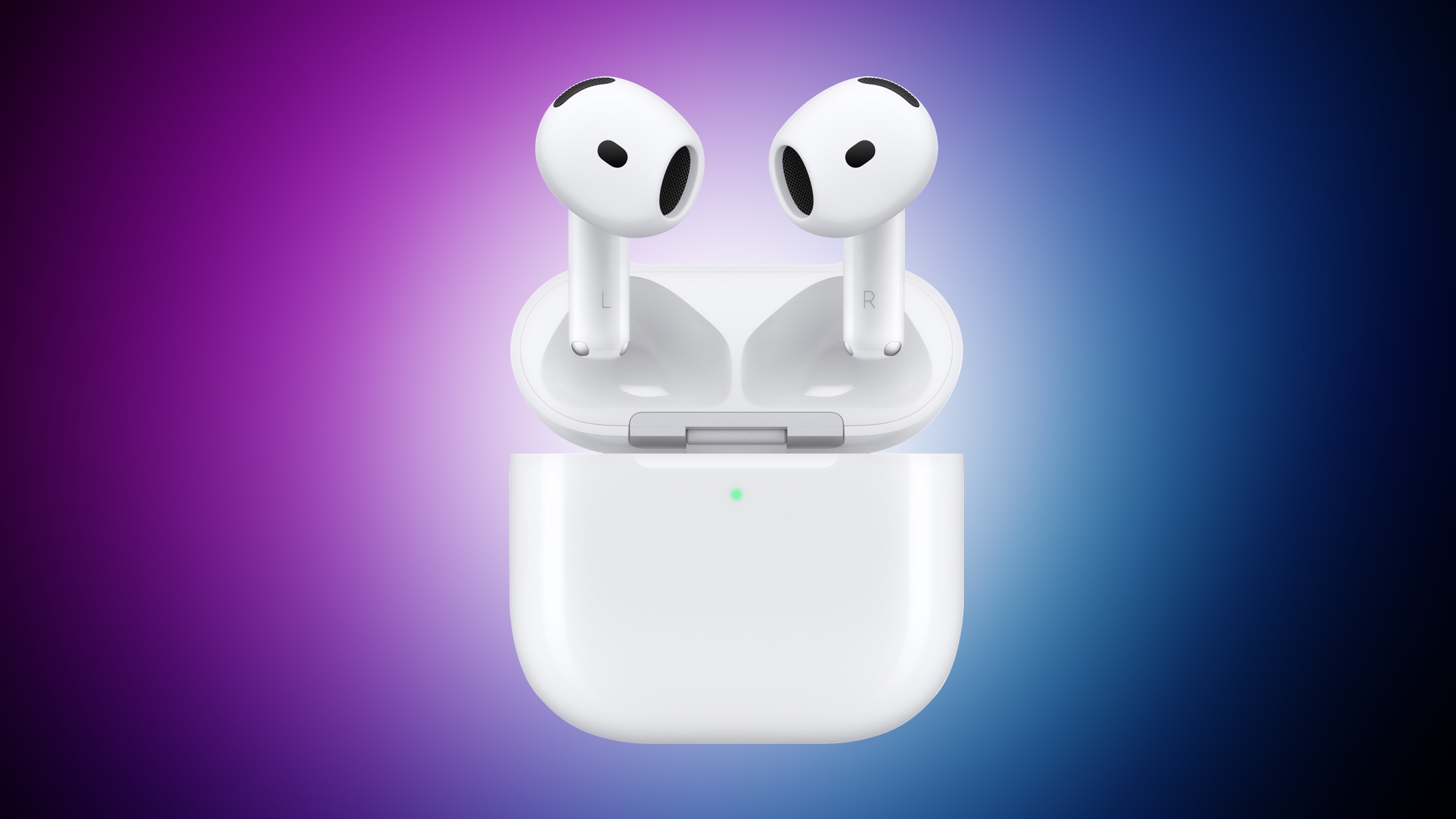‘We face high risk and extremely low chances of success’ notes humanoid robot company Figure AI that just got millions from Bezos, OpenAI, and Nvidia
[[{“value”:”
If you want a robot to make you a cup of coffee, Figure AI has you covered. In a nifty demo reel, the newly multi-million-dollar-funded robotics darling showed how its Figure 01 robot could successfully brew a Keurig cup of joe. It’s not impressive – you could do it faster and at least hand me the cup – but Figure 01’s ambition, to bring a general-purpose humanoid to life, well, that’s worth some consideration.
If you didn’t know it already, we’re entering a new humanoid robot golden age, one that was arguably sparked by Boston Dynamics and its athletically gifted Atlas robot and is now powered by everything from the uncanny Sophia and chatty Ameca to Tesla’s stutter-stepping Optimus Gen 2.
Figure AI, which this week secured funding from Jeff Bezos, OpenAI, and Nvidia, mixes a little bit of all those robots into a humanoid that would look at home in the 2004 Will Smith film I, Robot.
With the exception of Atlas’ parkour skills, most of these robotics firms appear to be powered by equal parts innovation and hyperbole.
Ameca, which was wowing Mobile World Congress 2024 visitors as recently as this week is the most polished-looking automaton, featuring a gray-fleshed, human-like face that can look you in the eyes and respond to almost any specific question. Ameca can support various generative AI systems like Chat-GPT, but conversations with Ameca are not always what they appear. As Ameca developers admit in its FAQ:
“If you’ve spoken to one of our robots, you might well have enjoyed a great conversation. But you may of been speaking to a human through our innovative telepresence software, TinMan. Human intelligence will still beat artificial intelligence especially where visual cues are important.”
Put another way, sometimes, a human is acting as a sort of Cyrano de Bergerac for Ameca.
In a similar fashion, Hanson Robotics’ Sophia supports some AI chatbot functionality but is also supported by pre-scripted responses. On Sophia’s home page, the robot describes itself thusly, “I am human-crafted science fiction character depicting where AI and robotics are heading.”
In the world of real robotics, where recreating human function is painstaking and difficult work, the effort to bring humanoid robotics home is a decades-long process where, if we’re being honest, we have yet to reach a mid-point.
Figure 01, which can walk, carry objects, manipulate coffee machines, and even correct its own manipulation mistakes, is a long way from commercial productization.
From the company’s Master Plan: “Our company journey will take decades — and require a championship team dedicated to the mission, billions of dollars invested, and engineering innovation in order to achieve a mass-market impact. We face high risk and extremely low chances of success.”
The task might go a bit faster, especially with OpenAI’s involvement. In the release on the fresh investment and partnerships, Figuire 01 writes, “The collaboration aims to help accelerate Figure’s commercial timeline by enhancing the capabilities of humanoid robots to process and reason from language.”
Still, companies like Figure AI and Tesla are spending millions just to match what Honda previously achieved with ASIMO almost 20 years ago (it abandoned the project in 2018). ASIMO could walk, run, jump, climb stairs, shake hands, and gesticulate. It had no communication capabilities, autonomy or AI to speak of.
Boston Dynamics has already shown us what is possible, physically, for semi-humanoid robots. Figure 01 and Tesla are struggling to bridge the distance between their more attractive and uncanny creations and Atlas’s remarkable athletic capabilities.
Figure AI insists that a five-foot, 6-inch, 132 lb. multi-purpose humanoid robot is the answer to our in-home and workforce robot dreams. But both industry and currently successful home robots have shown the opposite. Purpose-built bots where form meets function (looking at you, best robot vacuums) have thus far been the only viable option at home and in the factory.
Building robots that look like us assumes that we’re the best form factor for every task. What if tasks were built in tandem with purpose-built robots? What if the stove, fridge, and vacuum were resigned to work with a robot that looked nothing like us but was 1,00 times smarter, and more efficient at any task a human could perform?
Figure 01 robot (Image credit: Future AI)
When iRobot’s Roomba first took off in the early aughts, I asked co-founder and CEO Colin Angle why they weren’t making more humanoid robots (iRobot’s first product was a robot baby). Angle explained how it made more sense to build robots that did one thing well, especially dirty or dangerous tasks humans didn’t want to perform.
When you build a humanoid robot, you must accommodate all the things humans can do – walk, run, carry things, talk, navigate, and understand the world around them – and building them to task is secondary. Most roboticists discover that it’s insanely difficult to recreate the complexity of the human body. Angle once told me that viable humanoid robots wouldn’t arrive until 2050, a date I still think is too optimistic.
Figure AI is, by some measures, now a multi-billion-dollar company. I wish them luck in their humanoid robotic building ventures but I worry the money will run out long before it completes its decades-long quest.
You might also like
The 11 best gadgets of MWC: top phones, laptops and more …20 best gadgets of CES: the top TVs, smart home tech, laptops …16 ludicrous James Bond gadgets (that he never used)
“}]]







